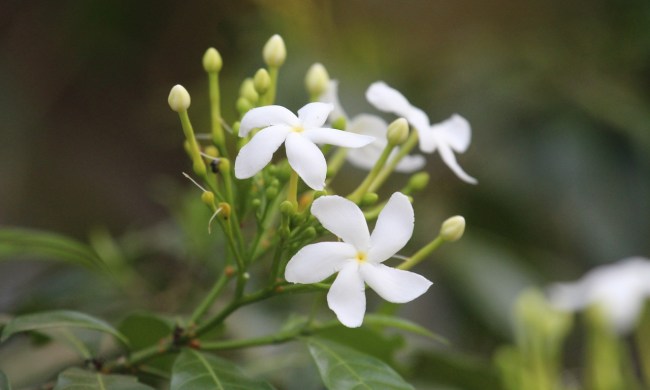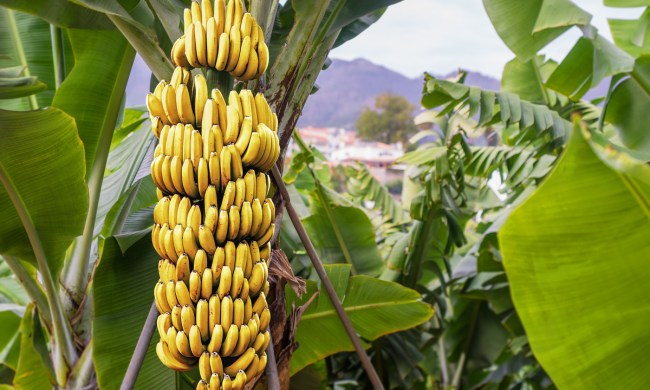If you live in an area that gets a lot of rain regularly, or if you have sections of your yard that tend to collect or hold water, then you might be having some difficulty finding trees that will thrive in your yard. Many plants appreciate well draining soil, but there are still plenty of options if you have an area in your yard that drains more slowly. Whether you have clay-rich soils or a pond, these are some of the best trees for wet areas.
Pin oak

Pin oaks are a great option if you have clay-rich soil and a lot of room. They can grow between 60 and 70 feet tall, although their spread is not nearly as big. Additionally, they grow very quickly, especially for trees of their size. Plant your pin oak in full sun. They will tolerate clay-rich soil and some flooding, but not the shade.
Avoid planting this tree on a slope, and instead plant it in a low-lying spot, if there’s one available. Pin oaks are a popular source of food for many animals, especially during fall and winter, so you can expect to see a lot of happy squirrels and birds in your yard or garden.
Black tupelo

Black tupelo trees, which are in the gum tree family, can grow up to 30 to 50 feet tall. This makes them slightly more manageable than some of the larger trees on this list. They can tolerate wet soil as well as mild droughts. This range of tolerance makes black tupelo trees an excellent choice for any section of your yard that fluctuates between wet and dry throughout the year.
They prefer full sun and slightly acidic soils. Black tupelo is a favorite of bees, although the tiny flowers are not much of a draw for humans. Instead, the main attraction for people is typically the brilliant array of colors this tree presents during fall.
Sweetbay magnolia

Sweetbay magnolias are an interesting variety of magnolia, as their size range is incredibly wide depending on the climate you live in. In mild climates and urban gardens, it generally grows to between 10 and 20 feet tall, with a spread of equal width. In hotter climates, however, sweetbay magnolias can grow to between 50 and 60 feet tall.
They are very tolerant of wet soil, and grow stunning cream-colored blooms and dark red cones. For the biggest and best flowers and cones, plant your sweetbay magnolia in full sun. However, they can tolerate partial shade if necessary.
Willow

Often the first tree to come to mind when listing trees that grow in or near water, willows are easy to care for. There are many different species of trees and shrubs in the willow family, but one thing they all have in common is a love for water. Willows are a great option regardless of space availability, as there are varieties of all sizes.
There are enormous trees, such as the white willow, which can grow up to 100 feet tall, and tiny shrubs, like the dappled willow, which tops out at 6 feet tall. No matter which willow variety you plant, choose a planting site with plenty of water in full sun to light shade.
River birch

River birches are an excellent choice for land that borders standing water or is otherwise consistently moist; it’s in the name, after all. River birches are moderately fast growing and will tolerate almost any soil type. They can grow to between 40 and 70 feet tall, with a spread that is roughly the same width. River birches prefer full sun, but can tolerate partial shade as long as they get at least 4 hours of sunlight a day.
Bald cypress

Bald cypress trees are perfect trees if you have the room to grow them. They’re hardy and can tolerate many different conditions, including both droughts and floods. They thrive along ponds and rivers, where their long roots can grow into the water and send up the knobby knees that they’re so well known for.
However, they’ll also grow in regular soil and are a great option if your yard drains slowly during heavy rainfall, but also goes through longer dry periods. The downsides are the size of both the tree and the roots, and the leaves can be messy as they drop earlier in the year than many other trees.
Any of these six trees would make a great addition to your yard and will thrive in areas where other trees may not. They’re all easy enough for any gardener or homeowner to care for with little trouble, and each one has a unique feature to its appearance that will be sure to wow guests. Whether you plant willows or birches, magnolias or tupelos, your yard will look stunning, and your wet soil won’t be an issue.




